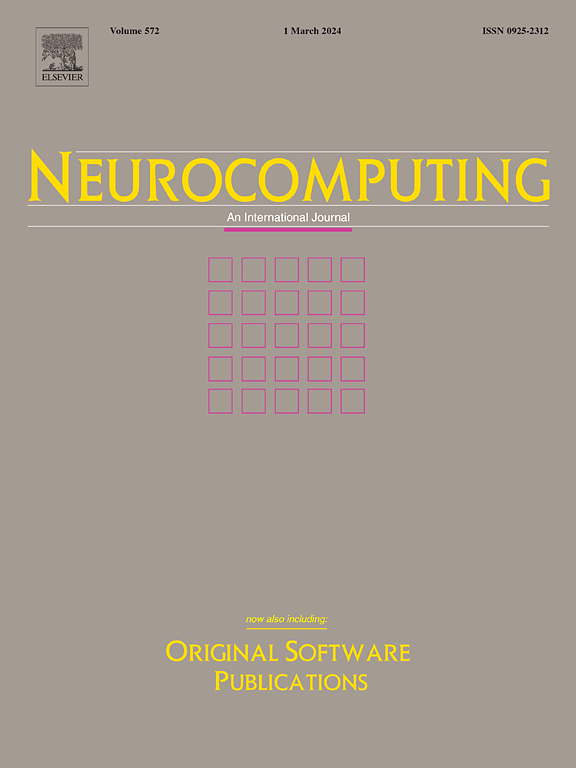IF 5.5
2区 计算机科学
Q1 COMPUTER SCIENCE, ARTIFICIAL INTELLIGENCE
引用次数: 0
摘要
图像中的雨点条纹具有复杂的形态和空间结构。去除这些条纹不仅需要恢复图像的清晰度,还要尽可能多地保留原始信息。基于变换器的深度学习模型在图像去除方面取得了重大进展,通过深度特征学习有效地捕捉了雨滴条纹的多样性并将其去除。然而,在处理长序列数据时,计算复杂度会急剧上升,严重限制了实际应用的效率。近年来,Mamba 模块凭借其独特的设计,在处理长序列和实现图像推导任务的快速推理方面展现出巨大潜力。它降低了计算复杂度,同时保留了图像的基本特征,从而提高了效率。然而,与基于变换器的模型相比,Mamba 模型在保留局部信息和处理复杂雨滴条纹方面仍面临一定的局限性。为了解决这些问题,本文提出了一种高效的 MMamba 模型,该模型结合了基于莫顿曲线的状态空间模型(SSM),进一步增强了保留局部信息的能力。此外,本文还引入了一种动态通道关注机制,通过分割通道并为每个子集分配可学习的权重,显著提高了图像细节还原能力。最后,针对具有丰富而复杂的雨水条纹的图像,提出了一种选择性雨水条纹补偿器,可有效识别和去除这些错综复杂的雨水条纹。在五个常用基准数据集上进行的广泛实验表明,我们的方法在性能上优于最先进的技术。本文章由计算机程序翻译,如有差异,请以英文原文为准。
MMamba: Enhancing image deraining with Morton curve-driven locality learning
Rain streaks in images exhibit complex forms and spatial structures. Their removal not only requires restoring the clarity of the image but also aims to preserve as much of the original information as possible. Transformer-based deep learning models have made significant progress in image deraining, effectively capturing the diversity of rain streaks and removing them through deep feature learning. However, when handling long sequence data, the computational complexity rises sharply, severely limiting the efficiency of practical applications. In recent years, the Mamba module, with its unique design, has demonstrated great potential in handling long sequences and enabling fast inference in image deraining tasks. It reduces computational complexity while preserving the underlying features of the image, thus improving efficiency. However, compared to Transformer-based models, the Mamba model still faces certain limitations in preserving local information and dealing with complex rain streaks. To address these issues, this paper proposes an efficient MMamba model, which combines the Morton curve-based state space model (SSM) to further enhance the ability to retain local information. Additionally, a dynamic channel attention mechanism is introduced, which significantly improves image detail restoration by partitioning channels and assigning learnable weights to each subset. Finally, for images with rich and complex rain streaks, a Selective Rain Stripe Compensator is proposed, effectively identifying and removing these intricate rain streaks. Extensive experiments on five commonly used benchmark datasets demonstrate that our method outperforms state-of-the-art techniques in terms of performance.
求助全文
通过发布文献求助,成功后即可免费获取论文全文。
去求助
来源期刊

Neurocomputing
工程技术-计算机:人工智能
CiteScore
13.10
自引率
10.00%
发文量
1382
审稿时长
70 days
期刊介绍:
Neurocomputing publishes articles describing recent fundamental contributions in the field of neurocomputing. Neurocomputing theory, practice and applications are the essential topics being covered.
 求助内容:
求助内容: 应助结果提醒方式:
应助结果提醒方式:


